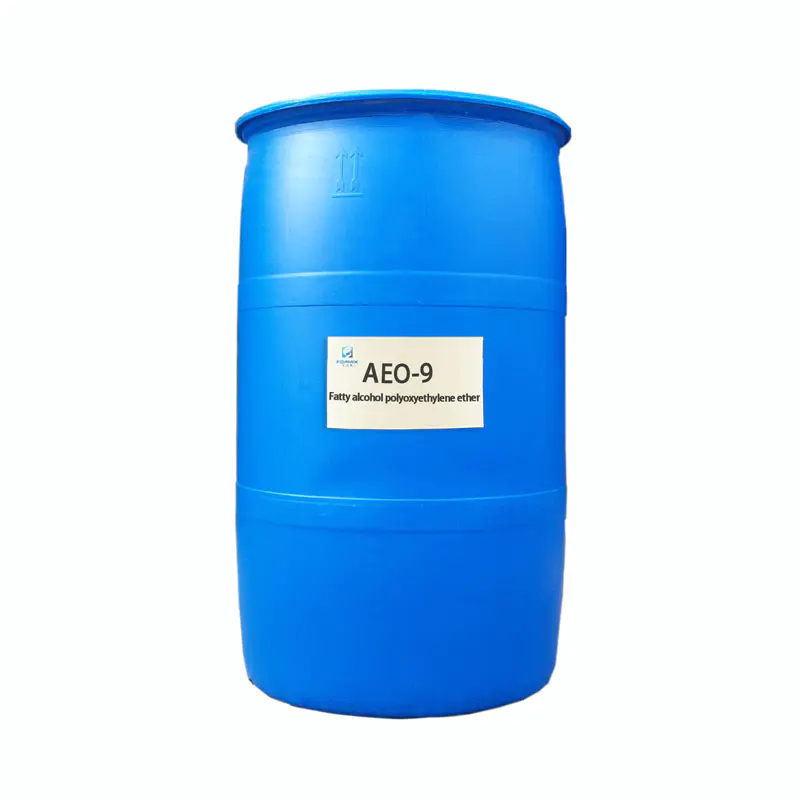What is a surfactant?
2025-01-24
Surfactants are compounds that can significantly reduce the surface tension or interfacial tension between two liquids, between liquid and gas, and between liquid and solid. The molecular structure of surfactants is amphiphilic: one end is a hydrophilic group and the other end is a hydrophobic group; the hydrophilic group is often a polar group, such as carboxylic acid, sulfonic acid, sulfuric acid, amino or amine group and its salt, hydroxyl, amide, ether bond, etc. can also be used as polar hydrophilic groups; while the hydrophobic group is often a non-polar hydrocarbon chain, such as a hydrocarbon chain with more than 8 carbon atoms. Surfactants are divided into ionic surfactants (including cationic surfactants, anionic surfactants, amphoteric surfactants), nonionic surfactants, compound surfactants, other surfactants, etc.

Chemical structure
Surfactant molecules have unique amphiphilicity: one end is a hydrophilic polar group, referred to as a hydrophilic group, also known as an oleophobic group or an oleophobic group, such as -OH, -COOH, -SO3H, -NH2. Because this type of group is short in length, it is sometimes figuratively called a hydrophilic head. The other end is a non-polar group that is lipophilic, also known as a hydrophobic group or a water-repellent group, such as R- (alkyl) and Ar- (aryl). Because this type of group is short, it is sometimes figuratively called a hydrophobic tail. Two types of molecular groups with completely opposite structures and properties are located at both ends of the same molecule and connected by chemical bonds, forming an asymmetric, polar structure, thus giving this type of special molecule the characteristics of being both hydrophilic and lipophilic, but not overall hydrophilic or lipophilic. This unique structure of surfactants is usually called an "amphiphilic structure", and surfactant molecules are therefore often called "amphiphilic molecules".

